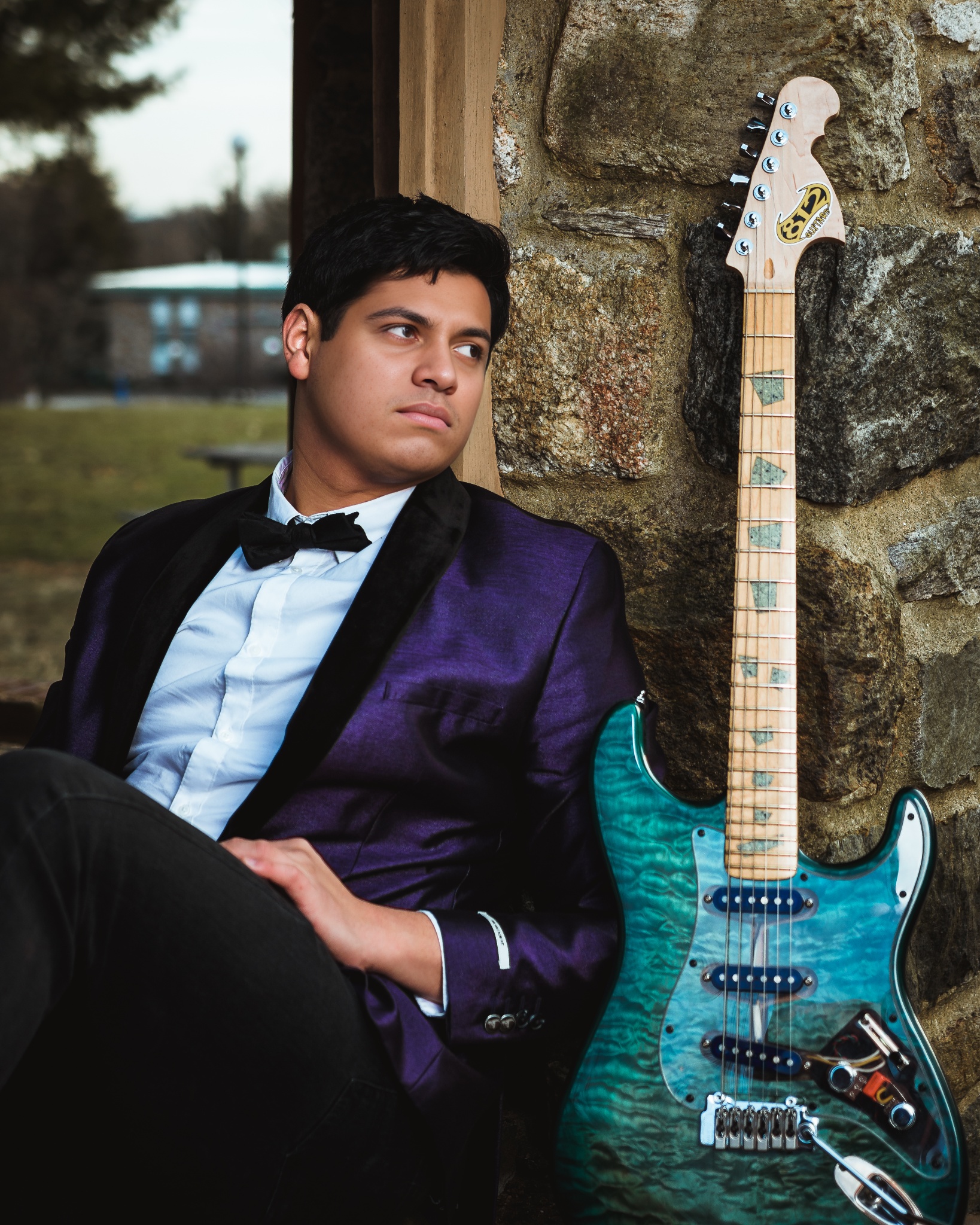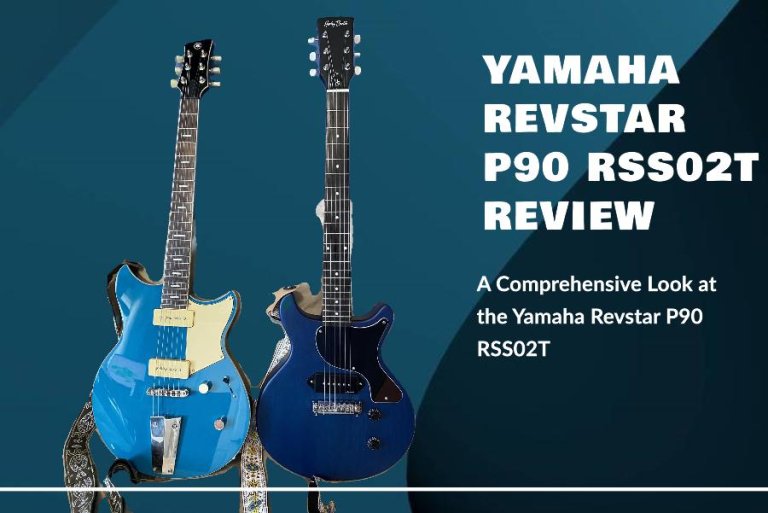Are you tired of trying many different guitar amplifiers to find perfect sound? But you end up with a pile of gadgets, a bunch of wires, and still not quite the sound you were hoping for. The Boss IR 200 aims to solve common problems and also provide solutions that elevate guitarists playing experience.
That’s exactly what Eguitarmania is looking into with the Boss IR 200 review. In this article, we’ll explore the features, sound capabilities, and user experience of the Boss IR 200. We’ll talk about how it works, what makes it special, and provide you with all the information you need to make an informed decision.

What Is an Impulse Response (IR)?
An impulse signal is the input to an audio or signal processing system, and an impulse response (IR) is the result of that system or device. The impulse response defines how a system or equipment responds to an idealized, instantaneous “impulse.” An impulse response begins with an input signal.
It records information about the system, like its frequency reaction and any feedback or echoing that happens. Responses can include various factors, such as reflections, frequency responses, resonances, and reverberation. IR technology is used to model microphones and speaker cabinets and to recreate room sounds and echoes.
Specification of Boss IR 200
From the outside, it looks like the Boss IR-200 has 144 Boss IRs, 10 Celestion impulse responses, eight guitar amps, three bass amps, and eight guitar amps. Consistent with previous stomps in Boss’s 200 series, the IR-200 sports a sturdy chassis.
You can put the IR-200 in front of an amp, in a FRFR cabinet, or in your audio interface if you want to. It emulates amplifiers for both guitar and bass. You can also connect headphones, run it straight to the PA for a live show, or even use USB to connect it to your computer and record.
| JC-120 | Model of Roland JC-120 |
| Twin combo | Fender Twin Reverb |
| Diamond amp | VOX AC-30 |
| Tweed combo | ‘59 Fender Bassman |
| British stack | Marshall 1959 super lead |
If you’ve ever wished to transform and streamline your practice, performance, or studio rig for guitar or bass, the IR-200 could be the ideal solution.

Boss IR 200 Review
Let’s talk in depth about the Boss IR-200’s features, such as its cutting-edge impulse response technology and easy-to-use layout.
Build & Footprint
Like all Boss effects, the IR-200 is as sturdy as they come. It features premium all-metal construction, tough-as-nails footswitches to withstand thousands of presses, and robust encoders for dialing in tones.
As far as its footprint goes, the IR-200 can snuggle right up to the rest of your pedals on the board. The IR-200 is a pedal-sized amp simulator with top-shelf guitar and bass amplifier models covering the full gamut of genres. It’s no bigger than the average “oversized” stompbox, and it only weighs a pound and a half. Users can take advantage of what’s ultimately a ton of power in a compact design.

Price
The Boss IR-200 currently goes for $379.99. That’s considered a affordable price for what it offers—you could easily spend $500 on something like a Strymon reverb pedal alone. The IR-200 will find some natural rivals in the Strymon Iridium and Atomic Ampli FireBox, both of which are in a similar price range and excel at their basic amp sounds.
The fact that you can get a bunch of different amp types and IRs for just a few hundred dollars shows that Boss wants to keep its products user-friendly.
Wide Range of Capabilities
Connectivity
The IR-200 has a simple instrument in, along with an L (mono) out and an R (stereo second channel) out. There is also a Send / Return set of connectors and full MIDI support using the small ⅛ MIDI cable connections.
There is also an Aux in for play along capability as well as a dedicated headphone jack that can have its own ambience setting (think reverb) to open things up a bit. I play in silence but hear things as if I am plugged into an amp. You can also see the input for a control switch or expression pedal, although I did not explore these as part of my evaluation.
Connectivity is impressive for a box this size. There’s a single input, FX loop send with stereo return, stereo outputs, MIDI in and out on mini jacks, aux in, stereo headphone out, connection for control or expression pedals, and a USB port. It is my opinion that the Boss IR-200 is best suited when you are not using an amp, but if you do have a preamp pedal, you can disable the amp portion of the IR-200.
Cabinet IRs and Impulse Response
One of the cool elements of the IR-200 is the selection of cabinet IRs that are included. Boss provides a number of them for guitar cabinets with different microphones and two distance options.
Old style cabinet simulations tried to use tone maps to fake out a cabinet, and to be blunt, they were pretty lousy. The impulse responses are taken from a real cabinet, and the length of the answers shows how the cabinet reacts to different frequencies and loads in the IR file.
We hear constantly about the tone of different amps, and a lot of the time this gets tied back to the preamp of the amp. While the preamp stage of an amplifier definitely contributes, in a classic tube amp, the majority of the uniqueness of tone comes from the output transformer (a long and wonderful conversation for real gear heads) and the speaker cabinet. That’s why the same amplifier head sounds so different in a 2×12 open back cabinet compared to a 4×12 closed back cabinet.
A critical part of any good Impulse Response is the microphone(s) used to make the IR and the placement of the microphone(s). The Boss IR-200 has this massive library of cabinets with microphones in different positions, so you do get a lot of options in a very small box.

Controls
The amp’s controls include typical buttons like gain, level, bass switches, mid, and treble knobs. The amp and cabinet controls dial alternatives for each of those within any selected preset and the ambience knob determines the reverb depth while accessing the three main types: Hall, Room and Studio.
Call up a preset using the memory rotary selector in the top-right of the unit (which doubles as headphone volume when pushed) or the up/down foot switches, and these parameters will all be fixed per preset. But turn the gain control, for example, and the display shows the change in setting, along with the current preset settings of the other knobs.
Tech-wise
This IR 200 is all backed up by 32-bit AD/DA conversion using Roland/Boss’s Adaptive Focus method, at a sampling frequency of 96 kHz, with 32-bit floating-point processing. If you’re noting a lack of pedal-style effects, that’s what the loop is for. The mono send and stereo return are unique for a unit of this size. They are meant to work with your pedalboard, which is where Boss sees this box settling down.
We tested the IR-200 in stereo with studio monitors and headphones. The guitar amp types look a bit generic, but they’re all good takes on the basic design, so the average user shouldn’t have any trouble with them. Each can be changed in a lot of ways, including the speaker cabinet, mic, and room noise settings, as well as the normal gain and EQ settings. This makes it easy to find sounds that are useful, enjoyable, and completely unique.
How Does It Sound?
When you plug it in for the first time and choose a setting, you might not know what to do. You need to play around with the noise blocker right away, or else you might think the amp models aren’t quite real enough. Luckily, these settings are very simple to change, and once you have, the amp models sound and feel great.
The IR-200 is a good option to modelers by Fractal Audio or Line 6 that are bigger and have more features. With eight standard amp models, you can find a wide range of tones to keep you motivated. This is great for busy guitarists who want to make their gear as portable as possible.

Things I Like And Don’t Like
One of the biggest wins for me with the Boss IR-200 is the sheer quality of the amp simulations and impulse responses. User-friendliness is a huge plus as well, especially for first-timers. And let’s not forget the cost – it’s pretty reasonable for what you get. Putting traditional amp controls like gain and three-band EQ at your fingertips helps it feel and operate like a regular amp. There’s a familiarity there that greatly enhances the overall user experience.
Given what this product both is and intended to be, there really isn’t much to complain about. Eight amps might feel a little restrictive to some, but then again, the IR-200 isn’t meant to be a full-featured modeler with dozens of amps and hundreds of effects. So, if you’re feeling a bit hemmed in by the amp choices, experimenting with different IRs can open up a whole new world of tones.
Final Thought
Overall, the Boss IR-200 is a very useful amplifier and impulse response pedal. Boss makes it easy to use for people who don’t want to go through the learning curve of a more complicated amp/effects modeler. This keeps the price low enough that almost anyone can buy it. The overall sound is good, and it works well as a stand-alone rig or with other pedals.









